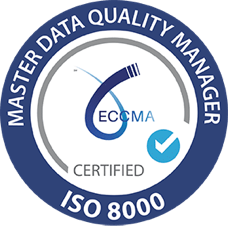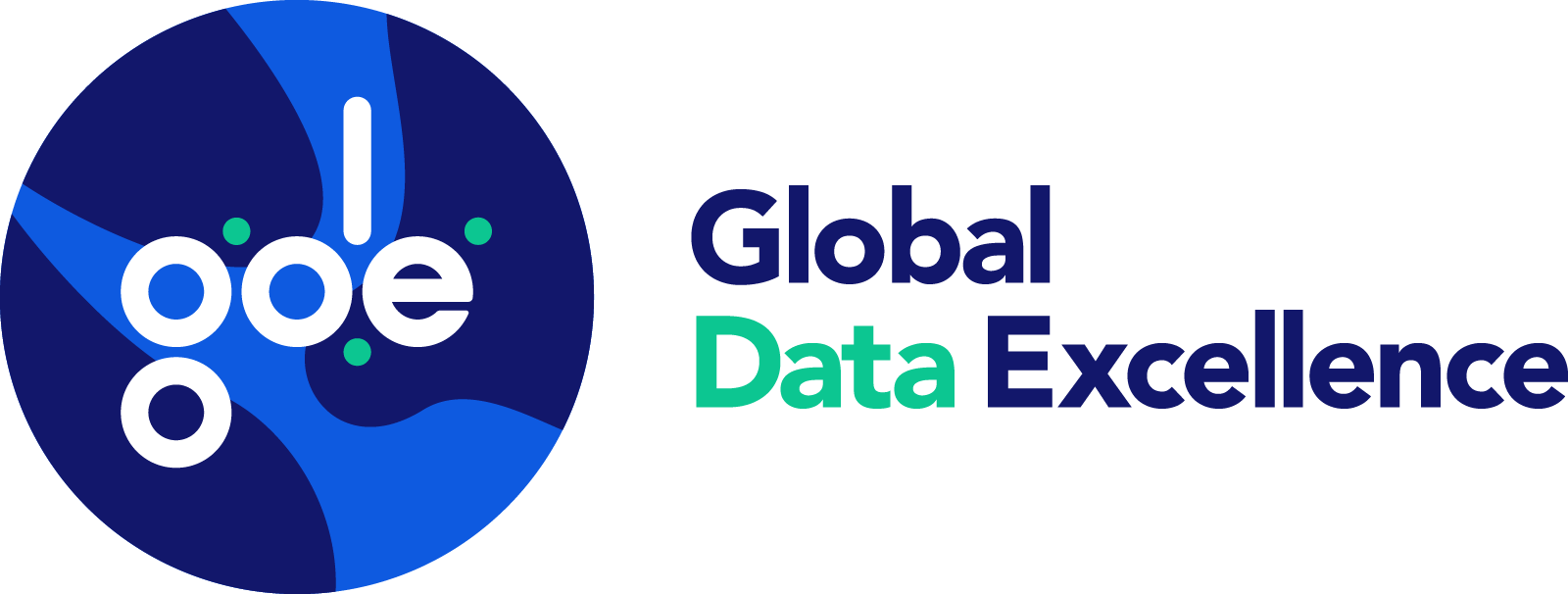
It’s a new year and a time for chasing new goals !
If you’re like most organizations you’ve got fresh Q1 Key Performance Indicators (KPIs) to chase, with even bigger numbers targeted for those all-important annual KPIs. Whether it is industrial output, worker productivity, supply chain efficiency, units shipped, or money in the cash register, the pursuit of these KPIs will drive decision makers as they set the strategies that these organizations pursue in the months and the year ahead.
But there are other organizations that won’t be targeting KPIs in 2022. They’ll have similar goals, of course, and will certainly strive to be more productive, more efficient, ship more units and generate more revenue. However, instead of focusing on measuring and achieving KPIs, they’ll be committed to strategies that allow them to unlock the hidden value in their organizations, to leverage that value, and to manage their organizations in the most optimal manner. These organizations will eschew KPIs and instead set and pursue Key Value Indicators, or KVIs.
Here’s why your organization should forget KPIs in the year ahead and embrace the logic, science, and incredible track record of success that KVIs offer.
KPIs and KVIs – What’s the Difference?
Here’s how we’ve described KPIs in the past:
KPIs are, in essence, measures that can only report what has already happened or – at best – what is happening right now. As a result, using them as the basis for making decisions about the future presents some significant issues, not least of which is: what happens if the future does not resemble the past?
In short, KPIs are developed by looking to the past and then using what is seen to guide a step forward into the future. KVIs, on the other hand, are forward looking by default. As we put it previously:
KVIs are forward-looking, future-focused, and demand a ‘govern by value’ approach to business. These numerical indicators express the value created by each business function’s transactions…KVIs allows anticipation of the impact of a non-compliant data asset (e.g., employees, customers, suppliers, or products) before it impacts your business.
By focusing on the future and anticipating the impact of decisions before those decisions are made, organizations that embrace KVIs are better positioned to extract the value trapped in their business and attract new value to their more efficient, more productive organizations.
The Science Behind KVIs
While KPIs have a long history, there is a real science behind KVIs that is helping convince executives to adopt them in place of the better known KPIs.
KVIs emerged from decades of work by Global Data Excellence’s CEO and founder Dr. Walid el Abed. He had a vision of a world where decision makers could achieve a more sustainable future with the aid of an excellence management and data governance technology known as DEMS. With DEMS organizations could connect all the data across all their departments and division simply, easily, and in just minutes. The holistic perspective provided by connecting all the data combined with the power of querying that data via natural human language delivers a powerful platform for data governance and strategic optimization.
More than this, though, DEMS allows decision makers at the executive and the operational level to learn where in their organization the most value can be unlocked. DEMS allows these decision makers to identify precisely what needs to be maximized, what is crucial for generating value, and what levers can be pulled to reach an optimal organizational outcome. This knowledge allows for the setting of the KVIs, linked as they are to the data and the dynamics of the organization.
KVIs, then, are not based on a glance in the corporate rearview mirror or attributed based on what a manager needs to achieve their annual bonus. Instead, they are scientifically derived from the analysis of the dynamics of the organization and designed to allow the organization to maximize its results and meet its goals.
An Incredible Track Record of Success
KVIs have established an incredible track record of delivering success for the organizations and enterprises that embrace their game-changing nature. Consider the following examples from across the industrial divide:
- A leader in the oil sector adopted DEMS and identified a KVI of barrels of oil to be extracted from wells in the next 50 days. Maximizing this KVI helped the company to realize that contrary to traditional assumptions in the industry, focusing on lifting output on high-producing wells regardless of the performance of those wells was the best way to meet their goals. Thanks to DEMS the company was able to identify that 50% of the company’s future production could be at risk, and the company could take steps to lift staff productivity and deploy their resources to limit this risk.
- A leading insurance company were confounded by their inability to retain customers despite performing well in what has always been a key metric in their sector: the speed of handling claims. The company did not understand why, despite having fast claim handling times, they were not retaining clients. The company deployed DEMS, adopted the holistic view of their data and their business, and realized that the problem was that while the overall handling time was low, high-value contracts were often delayed when low-value contracts were not. By setting a KVI that was informed with this knowledge, the company was able to lift its customer retention and improve its cash collection, too.
- A global food manufacturer found themselves with limited transparency over their high volume of suppliers in their supply chain. The company found it difficult to compare the true costs of production and sourcing and turned to GDE and DEMS for help. Linking the costs in DEMS helped deliver the transparency that the company needed, and it helped them to identify the high-value streams in its supply chain. The company set a KVI related to its production budget and by taking actions to optimize this KVI, the company was able to consolidate its suppliers and make improvements to its sourcing strategy. The result: a billion dollars in saving annually.
It’s 2022 – isn’t it time your organization saw results like this?
With DEMS, deploying the technology, identifying the optimal points of leverage, and setting KVIs is simple. DEMS helps you to understand what the impacts of your choices will be and how to set your organization on the right path towards a successful new year.
Ready to leave KPIs behind and step up to KVIs? Contact us for a demo today.
Global Data Excellence News
Dr. Walid el Abed at S3C 2025: Data Sovereignty, Ethical AI, and Digital Governance
We are pleased to share the presentation by Dr. Walid el Abed, Founder and CEO of Global Data Excellence, at the S3C 2025 Summit – a major event...
Global Data Excellence and The Higher Committee of Human Fraternity Unite to Drive Ethical AI and Human-Centered Technology for Global Good
For immediate release Geneva, Switzerland – May 23, 2025 – Global Data Excellence (GDE) and The Higher Committee of Human Fraternity have entered...
GLOBAL DATA EXCELLENCE CELEBRATES DATA INDEPENDENCE DAY WITH THE LAUNCH OF DEMS FOR ALL
Press Release: For Immediate Release Geneva, Switzerland – September 18, 2024 – In a historic announcement, following Dr. Walid el Abed's...

Global Data Excellence (GDE)
Route de la Galaise 34
CH - 1228 Plan-les-Ouates


© 2024 Global Data Excellence | All Rights reserved | DEMS Support Platform | Website realised by Swiss House of Brands




Recent Comments